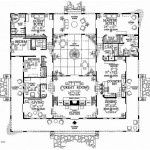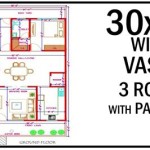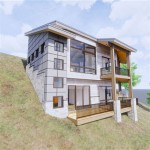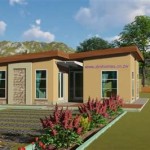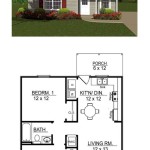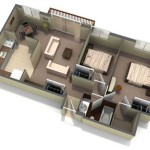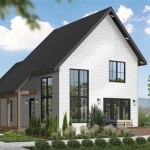Small Waterfront House Plans: Maximizing Space and Views
Waterfront properties offer a unique lifestyle centered around nature and tranquility. Building a smaller home on these desirable lots allows homeowners to enjoy the benefits of waterfront living without the expense and upkeep of a large house. Careful planning and design are essential to maximize space and capitalize on the views inherent in these locations.
One of the primary considerations for small waterfront house plans is the orientation of the house. Ideally, the main living areas, including the kitchen, dining room, and living room, should face the water. Large windows and sliding glass doors maximize natural light and provide unobstructed views. Decks and patios extend living spaces outdoors, blurring the lines between indoors and out, creating a seamless transition to the waterfront.
Elevation is another crucial factor in waterfront construction. Homes situated in flood-prone areas require elevated foundations to protect against rising water levels. Pilings or raised concrete slabs are commonly used in these situations. Elevated homes also offer enhanced views, allowing residents to look over any potential obstructions like vegetation or neighboring structures.
Space-saving design principles are paramount in small waterfront homes. Open floor plans contribute to a sense of spaciousness, combining living, dining, and kitchen areas into a single, multifunctional space. This eliminates hallways and maximizes usable square footage. Multi-purpose furniture, such as sofa beds or ottomans with storage, provides flexibility and conserves space.
Vertical space is often underutilized in smaller homes. Incorporating lofts or vaulted ceilings creates a sense of airiness and can provide additional sleeping areas, storage space, or even a home office. Built-in shelving and cabinets maximize vertical storage capacity, keeping belongings organized and minimizing clutter.
Material selection plays a significant role in the durability and aesthetic of waterfront homes. Exterior materials should be resistant to moisture, salt spray, and strong winds. Durable options include fiber cement siding, cedar shingles, and metal roofing. Composite decking and railings offer low-maintenance alternatives to traditional wood materials for outdoor spaces.
Consideration of the local environment is crucial for sustainable building practices. Incorporating energy-efficient features, such as solar panels, insulated windows, and proper ventilation, reduces environmental impact and lowers utility costs. Rainwater harvesting systems can provide water for irrigation, further minimizing the home's ecological footprint.
Navigating local building codes and regulations is essential when planning a waterfront home. Zoning ordinances often dictate setbacks from the waterline, building height restrictions, and permissible building materials. Working with an experienced architect and builder ensures compliance with these regulations and streamlines the construction process.
Accessibility is another factor to consider, especially for multi-generational families or individuals with mobility limitations. Ramps, elevators, and wider doorways can improve accessibility and ensure that the home remains functional for years to come. Incorporating these features during the initial planning phase is more cost-effective than retrofitting later.
Storage solutions are especially critical in smaller homes. Utilizing space under stairs, built-in wardrobes, and attic storage maximizes available space and keeps belongings organized. Outdoor storage sheds or lockers can accommodate recreational equipment like kayaks, paddleboards, and fishing gear, freeing up valuable indoor space.
Landscaping plays a vital role in enhancing the beauty and functionality of a waterfront property. Native plants require less maintenance and are adapted to the local climate. Creating designated outdoor areas for dining, entertaining, and relaxation maximizes the enjoyment of the waterfront lifestyle. Consider incorporating a fire pit or outdoor kitchen for added amenities.
Careful planning and thoughtful design are essential for creating a functional and aesthetically pleasing small waterfront home. By prioritizing views, maximizing space, and selecting durable materials, homeowners can create a comfortable and inviting retreat that takes full advantage of its unique location.
Working with a qualified architect specializing in waterfront construction is highly recommended. They can provide valuable insights into site analysis, building codes, and sustainable building practices. Their expertise ensures that the final design meets the homeowner's specific needs and maximizes the potential of the waterfront property.

Waterfront House Plans Coastal From Home

Plan 010h 0003 The House

Beach House Plans Floor Designs Houseplans Com
Build A Home On The Beach House Plans Blog Dreamhomesource Com
:max_bytes(150000):strip_icc()/river-place_1_1-0db8a16001ad4d9db3758c24d5c2b764.jpg?strip=all)
Our Best Beach House Plans For Cottage

Lake House Plans Waterfront Monster

Small Beach House Plans Floor Designs Houseplans Com

House Plan Of The Week Narrow Lot Beach Home Designers

Best Lake House Plans Waterfront Cottage Simple Designs

Waterfront House Plan 027h 0065 Modern Style Plans Lake Craftsman

